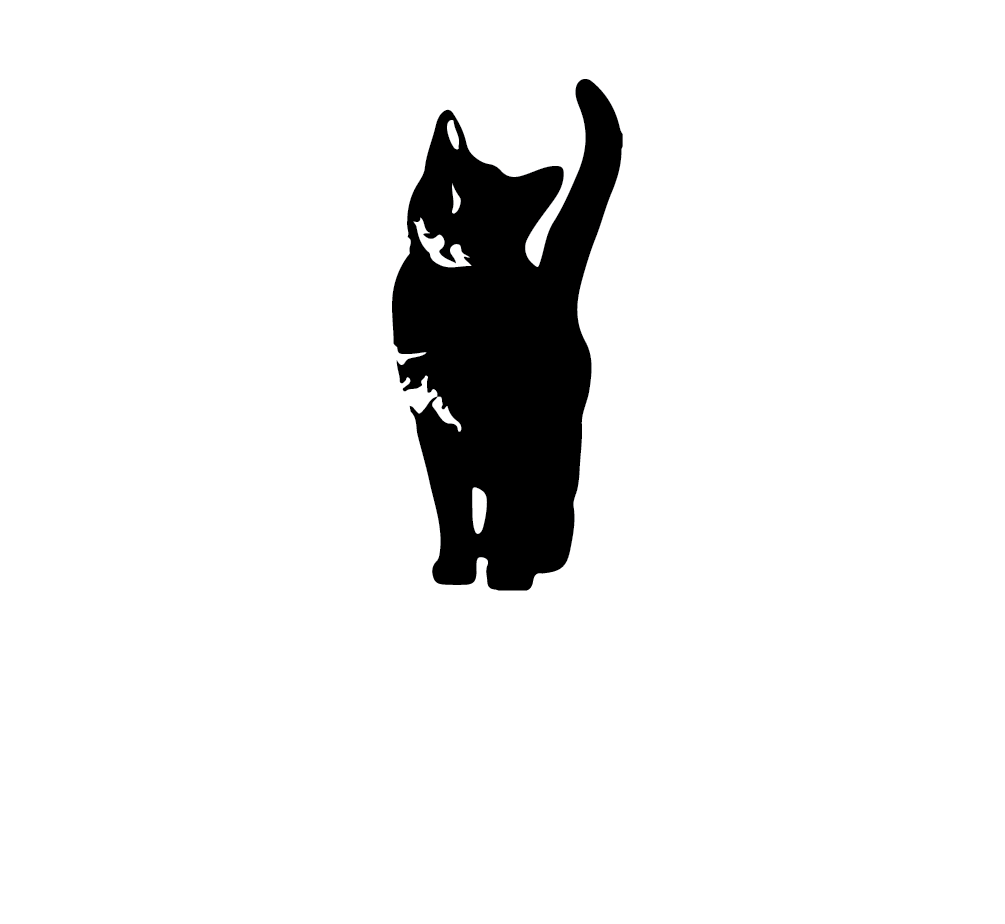“Good night Clarence I had a truly w o n d e r f u l evening,” Alabama said on the steps of her front porch on a beautiful August evening.
They had just had a lovely dinner at a fancy restaurant and then enjoyed some live music afterward. The full moon glowed on the couple as cicadas quietly chirped in the distance.
Clarence looked down nervously, anticipating this first date moment of truth and carefully planning his next move. He gathered his courage and his breath and then went for it.
“Alabama?” Clarence stammered as he looked deeply into her eyes.
“Yes, Clarence?” swooned Alabama.
“On a scale of zero through ten, how likely would you be to recommend this date to a friend or relative?”
Sound ridiculous? It is, yet we subject our customers to this kind of non-thinking metric abuse much more often than we should.
That’s not to say measurement isn’t important. It is and is largely responsible for me making my mortgage payment and beer budget for the last 30 years. However, so much time and energy is spent on measurement, I have concluded that most Customer Experience (CX) programs are lacking something else very important.
In Praise of Measurement
One of my favorite management gurus, Peter Drucker, was reputedly fond of saying “only what gets measured, gets managed.” And managed the customer experience has been over the last 50 years, all too often focusing on metrics vs. true outcomes. Most CX programs (many of which are really Voice of the Customer (VOC) programs) focus on asking customers about their experience in very specific terms. They ask how promptly you were greeted or how well was the representative able to answer your questions or resolve your issue. As such, that level of detail has been often the main focus.
While there is a place for the details, perhaps we are being too atomistic and reductionistic in our measurement. I have conducted thousands of ‘driver analyses’ where the independent variables were aspects of the experience (e.g., prompt services, comfort of blah blah blah) where the dependent variable was some form of “overall experience” or “would recommend”. Most of these models come up short on explaining the variance in these outcome measures, even with the benefit of mono-method measurement bias. Why is that?
Attributes vs. Experiences
Imagine for a moment designing a traditional VOC measurement to evaluate your partner or romantic interest. You might provide a rating on attractiveness, witty repartee, intellect, and so on. Does such an approach really provide a good measurement of your interest and attachment to that person? Would it be predictive in continuing the relationship? Probably not. In that scenario you are measuring attributes of your romantic interest, not the experience that you had with them and what makes you look past dirty dishes in the sink or dirty socks left on the floor and instead remember those piña coladas together at O’ Malley’s.
The truth is, most VOC programs are compliance-driven and operate just one rung above mystery shopping programs. While those mystery shopping programs can tell you, with some certainty, is if the bathrooms are clean, and today’s orthodox VOC program will tell you if that cleanliness was pleasing to the customer. What neither of them does is tell how to create an amazing memorable experience in the first place.
Revisiting “Quality”
Noriako Kano (1984) addressed this issue nearly forty years ago with the method now known as the “Kano” model. Building on Herzberg’s (1959) two factor model, he had four “satisfaction drivers”: must-be, attractive, one dimensional, and indifferent.
“Must-be quality” or “Basic Needs” are those things that we are disappointed by if they are not there (such as a car not turning on). They do nothing to make us love the experience if it is there. They are expected. “One dimensional” quality as known as “Satisfiers” have a linear relationship between satisfaction and the attribute. For example, as price decreases satisfaction increases. “Indifferent” drivers are those that are largely irrelevant to the customer and so, therefore, has little influence on consumer behavior (loyalty or otherwise).
The final dimension is what Kano called “Attractive Quality”. It has also been referred to as “delighters”, these are the unexpected things that happen that make the experience exciting.
Given “basic needs” are satisfied, the “delighter” measurement dimension was seen as the holy grail amongst VOC folks. While you are unlikely to revisit a hotel with no electricity and a lukewarm shower, it is hardly going to make you want to come back just because when you turn the light switch on it works and the water in the shower is warm enough (“must bes”). Also, you can only get the pillow and sheet so soft and get the price so low (“satisfiers”). So “delighting” customers became all the rage. But the measurement of this became somewhat of a challenge.
VOC’s Eldorado…
Delight is after all, by definition, undefined so you can’t exactly put it on a survey. It’s that surprise that you didn’t expect. Some folks tried just measuring it directly, but that tends to be an awkward method and probably does not capture the true essence of delight. For some reason asking, “On a scale of 1 to 10 with 1 being undelighted and 10 being truly delighted, how delighted was the experience today?” doesn’t seem to cut it. Others have tried a more organic approach by asking open ends about “most memorable” experiences to limited success.
The true problem in measuring delight in this fashion is that it cannot be measured at the atomistic level nor should it be measured as an attribute, but as an experience as a whole. In fact, I don’t think you can directly measure “delight” at all. You must create delight, not be preoccupied with measuring it.
While traditional CX metrics have a critical role in assessing the success of these experiments, as an industry we have become too dependent on fixing problems versus creating experiences. You’re not going to frictionless your way to creating memorable “peak” experiences. While you could probably capture what happened via voice to text and text analytics, the only way to measure it really, is as a behavioral intention or business outcome.
Designing Experiences
As an industry we need to put less emphasis on compliance and incremental improvement and more focus on experience design. Sure, we still need to monitor how the experience is going, but are you going to really differentiate your brand by having really clean bathrooms or really soft pillows. At some point, there are diminishing returns. We need to think bigger.
Thankfully, traditional product development research techniques combined with more human-centered design thinking approaches can move us from compliance to creation. It starts with understanding the current customers (and their manifest and latent needs) and their current customer journey. While we can look at the current journey and say “where can we reduce ‘friction’ points?” that will only get us so far. Are you going to really win people’s hearts by spackling over annoyances? You may well just be created a frictionless but also boring experience.
In their excellent book The Power of Moments the Heath Brothers (2017) talk about this concept extensively. They talk about ‘building peaks’ rather than ‘fixing potholes”. The idea is that customers remember the awesome stuff and that is paramount in creating amazing experiences (and returning customers). They don’t remember the long lines, humidity, and bad smells of Disneyland, but do remember the 16 minutes on the Pirates of the Caribbean or the 3 minutes riding Space Mountain. Experiential time, it turns out, is not proportional to the actual time.
Of course, no amount of roller coaster rides or pictures with costumed actors will make up for the spoiled chili dog that made you wished for mercy from above, but the point is, just removing ‘friction points’ makes Jack a very dull boy. The Heath brothers provide many fine examples of reimagining the experience from the first day on the job journey or the Popsicle Hot-Line at the Magic Castle Hotel where guests can order a popsicle free of charge delivered on a silver plate. That’s where experiential magic lays.
This really is the essence of moving us forward in customer experience. We should focus on creating, prototyping, and deploying minimal viable product experiences rather than getting mired down in the measurement of atomistic attribute benefits of products and services. There is a larger Gestalt here.
Where to Start?
This can start with what Farhad Manjoo (2003) of the Wall Street Journal calls the Andy Rooney business plan. It goes like this: “first, find the most annoying, obvious problem that millions of people deal with every day. Then ask if things really have to be that way.”
If you pay attention, these opportunities are everywhere.
- Does landscaping equipment (i.e., leaf blowers, etc.) need to be so loud?
- Why is health care and insurance in the United States so bewilderingly complicated?
- Why do we need professionals to help us with taxes?
- Why do we need to drive to a giant warehouse and go down aisles to put a can of beans in our cart that are identical to 50 other cans of beans on the shelf?
- Why do I need to drive to work every day, only to sit behind a computer most of it?
- Why does higher education have to be a pursuit where the professor lectures and the students listen?
Sweat the Small Stuff
Changing a classroom and changing an organization are magnitudes of scale different. If you are feeling like experiential design is a monumental task requiring immediate large scale organizational change, let me allay your concerns. While organizational commitment to change is a pre-requisite for improvement, these changes can be made over time. Large scale change needs to be made in a series of boot-strapped successes (or at least learnings) building on one another.
Second, little things can have a big impact. An unexpected box of chocolates or 6 pack of local beer for hotel or Airbnb guests can create an inexpensive and memorable surprise for guests. A cook inviting a young aspirational chef for a quick tour of the kitchen in an upscale restaurant, or perhaps even the wink of an eye from a professional athlete to fan can make a huge impression. You can’t necessarily plan all of these experiences, but you can select, train, and empower your employees to do so. Experiences aren’t necessarily designed; they are, many times, improvised with customers in a shared experience.
Learn by Doing
While a bias for experimentation is important there are circumstances where that proposition is too risky. Funerals, weddings, and emergencies are probably not good times to experiment with new concepts ‘live”. In these cases, or if you simply don’t want to rush into just “doing”, you can adopt a more conservative approach by conducting concept testing first. Good ole fashion experimental design and storyboarding can go a long way in ironing out the kinks of a new way of doing something and mitigating the risk with customers.
While traditional CX metrics play a critical role in assessing the success of these experiments, as an industry we have become too dependent on fixing problems versus creating experiences. You’re not going to frictionless your way to creating memorable “peak” experiences. We need to figure out where those underlying needs and desires are and then use our creativity to enable and create experiences that keep customers coming back again and again.
References
Heath, C. & Heath, D. (2017). The Power of Moments. Simon & Schuster.



